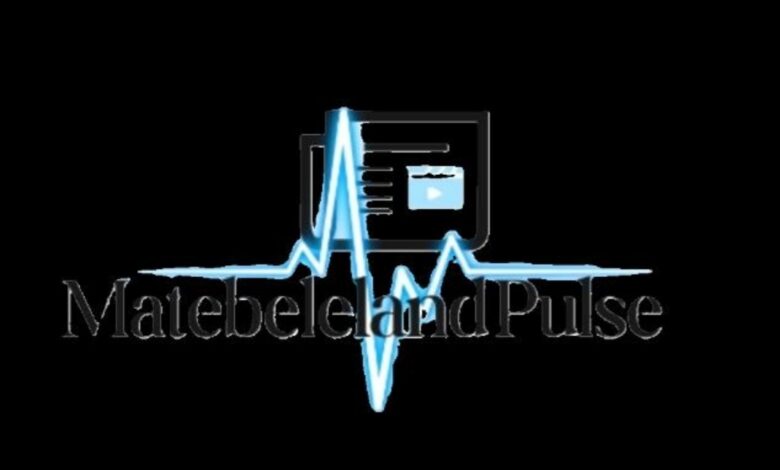Varakashi vs. Chin’ono: Zim’s online war over Trabablas Interchange cost

Nqobizwe Thebe
The gleaming concrete of Harare’s new Trabablas Interchange masks a ferocious digital battle raging between ZANU-PF’s cyber militia and one of Zimbabwe’s most tenacious journalists.
When investigative reporter Hopewell Chin’ono dared to question the interchange’s $88 million price tag, alleging it was inflated from an original $42 million design cost with funds “looted” from public coffers—the ruling party’s online enforcers, known as Varakashi, launched a scorched-earth campaign to silence him. Their weaponized social media posts branded Chin’ono a “national security threat” for exposing compensation fraud where $100,000 properties were allegedly acquired for $500,000, demanding law enforcement “enforce warrants” against him for spreading “fabrications”. Varakashi is Shona for “destroyers.”
Chin’ono’s crime was piercing the veil of a project allegedly funded by IMF relief funds and a loan from Fossil Mines—a company linked to sanctioned oligarch Kudakwashe Tagwirei. He said his investigation revealed how the interchange’s cost mysteriously doubled after Tagwirei’s ally Obey Chimuka structured a loan with impossible LIBOR+5% interest terms, despite LIBOR’s 2023 discontinuation .
The Varakashi response was instant and brutal. Operating through armies of ghost accounts, they flooded social media with accusations that Chin’ono’s evidence-free claims would “destabilize the nation”.
Activists, journalists, and opposition figures have been arrested under draconian laws like the Cyber and Data Protection Act—the same legislation used to jail journalist Blessed Mhlanga for covering war veterans’ anti-Mnangagwa protests .
Zimbabwe’s digital vulnerabilities are evident—52% internet penetration but minimal media literacy—to drown facts in noise. As Professor Vusumuzi Maphosa notes, “Low digital literacy and weak regulatory frameworks make Zimbabwe fertile ground for disinformation” .





